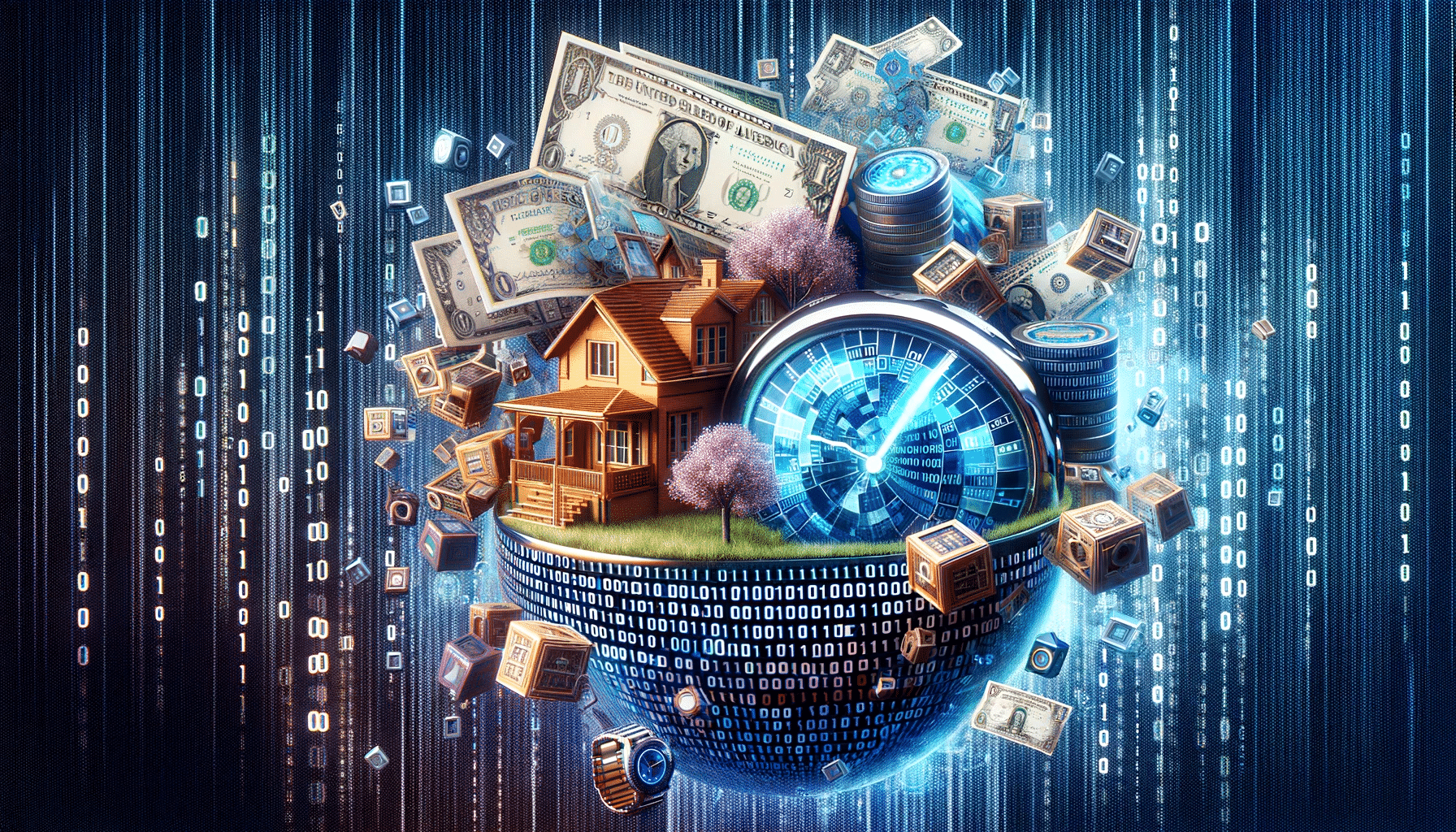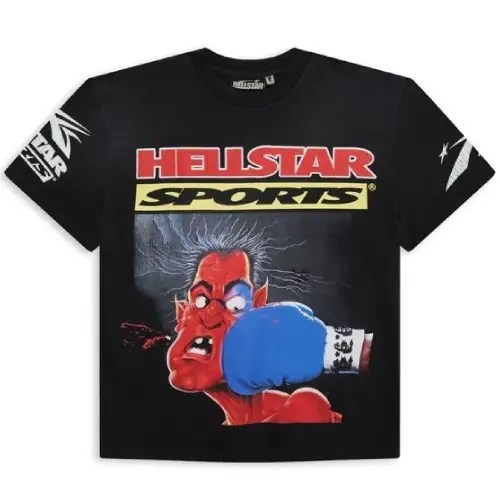The world of finance is constantly evolving, and there’s a new player on the scene that’s shaking things up in a significant way: tokenization. If you’re unfamiliar with the concept, you’re about to see why it’s becoming a game-changer. From real estate to art and even sports franchises, real-world assets are getting a digital upgrade, and the possibilities are endless.
What Is Tokenization?
At its core, tokenization is all about converting physical assets into digital tokens that can be bought, sold, and traded on blockchain platforms. Whether it’s a commercial property, a luxury car, or even shares in a business, almost anything can be tokenized.
The most exciting part? Tokenization is opening up investment opportunities to a wider audience. Imagine owning a fraction of a high-end Manhattan property or a piece of an art collection without having millions in the bank. It’s an accessible, flexible, and transparent way to diversify your portfolio, making investing cooler and more inclusive than ever before.
But why is this section so crucial? Because tokenization is breaking down barriers that previously limited certain types of investments to the ultra-wealthy. With a lower entry point, more people can dip their toes into high-end assets, boosting liquidity in once-stagnant markets. That’s why this movement is taking off—and fast.
The Rise of Digital Assets and Token Markets
While investing in digital assets isn’t entirely new (hello, cryptocurrencies!), integrating real-world assets into the digital sphere marks a fresh evolution. We’re now seeing a shift from speculative digital currencies to the rise of tangible, real-world value in token markets.
One of the hottest things happening in this space is the ability to buy and sell these asset-backed tokens in online marketplaces, where they’re treated like stocks or other commodities. Real estate tokenization platforms, for instance, are allowing investors to purchase digital shares of properties and benefit from potential appreciation and rental income.
So, if you’re looking to dive into this market, it’s essential to do your homework. The beauty of this integration is that you don’t need to go it alone. In fact, the best move you can make is to choose a business broker who’s well-versed in digital assets. They’ll help you navigate the complexities of this evolving landscape and ensure you make smart, informed decisions.
Why Real-World Assets? The Allure of Tangibility
There’s a big reason why real-world asset integration is trending: tangibility. While the crypto world offers high-risk, high-reward investments, it also leaves many people hesitant to dive in due to its volatility. Real-world assets, on the other hand, provide a sense of security. You can see, touch, and often already understand these things—like houses, land, or valuable antiques.
Investors are hungry for something more stable, and tokenized assets offer the best of both worlds: the liquidity and flexibility of digital markets with the security and stability of real-world assets. It’s a modern-day gold rush, only this time, the gold comes in digital form. Tokenization has made it easy to invest in things you might never have considered, like fine art or rare wines, all with just a few clicks.
What makes this trend even more attractive is the fractional ownership aspect. Instead of needing the funds to buy an entire building or a collection of fine wines, you can own a slice, sharing the costs and the profits with others. This democratizes investing, making it more accessible to the average person.
The Blockchain Factor: Trust and Transparency
What makes all this possible? Blockchain technology. By leveraging blockchain, the process of buying, selling, and trading tokenized assets becomes highly transparent and secure. Every transaction is recorded on a public ledger, ensuring that buyers and sellers have full visibility into each asset’s transaction history and ownership.
This is where things get really cool. Blockchain’s transparency means that it’s nearly impossible to manipulate or fake ownership records. No more worrying about title fraud or the complexities of transferring ownership in traditional real estate deals. Everything is verified, automatic, and, most importantly, trustworthy.
Blockchain has also made smart contracts possible. These self-executing contracts automatically enforce the terms of a deal, reducing the need for middlemen like brokers or lawyers. This streamlines the investment process and cuts down on fees, making it even more appealing for investors.
Future-Proofing Your Portfolio with Tokenized Assets
As we move forward, it’s clear that the trend toward tokenization isn’t just a passing phase—it’s shaping the future of investing. If you’re serious about staying ahead of the curve, now’s the time to start considering how tokenized assets could fit into your portfolio.
The benefits are undeniable: lower entry points, increased liquidity, and broader access to previously untouchable markets. Whether you’re eyeing real estate, fine art, or rare collectibles, tokenization is poised to disrupt traditional investing in a big way.
We’re just at the beginning of this revolution. In the coming years, expect to see more industries embrace tokenization, from healthcare to energy. As more assets are brought onto the blockchain, we’ll see a new era of financial innovation unfold, where the lines between physical and digital assets blur.
Tokenization is more than just a trend—it’s the future of how we’ll interact with real-world assets. Whether you’re looking to own a slice of a skyscraper or invest in rare collectibles, tokenization is opening doors like never before. Keep an eye on this space—it’s only going to get bigger.
Keep an eye for more latest news & updates on Internal Insider!










